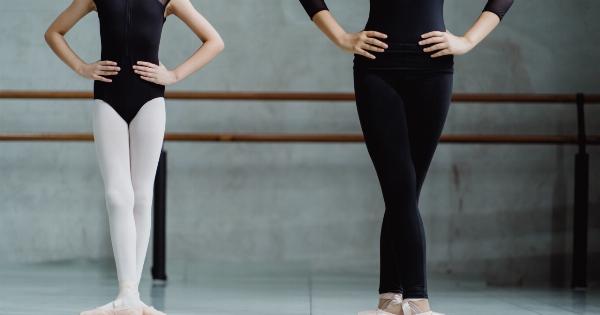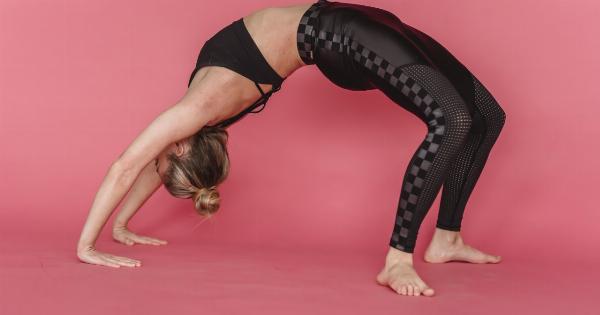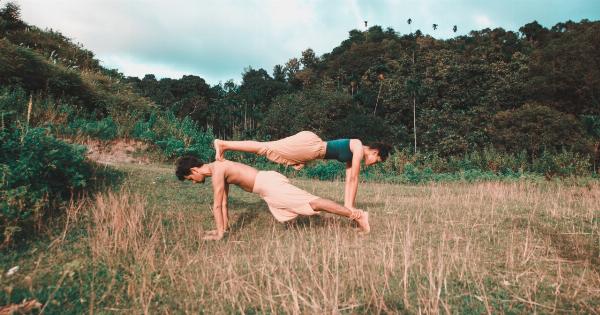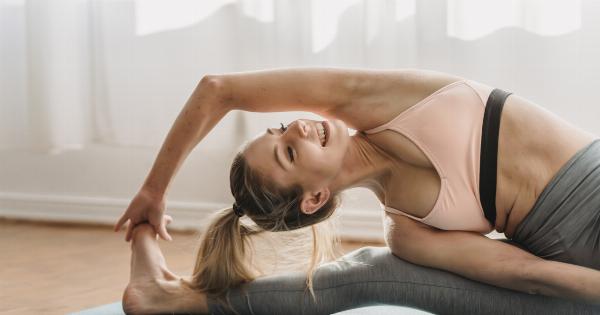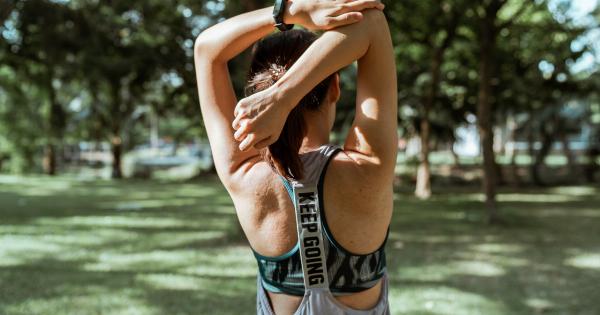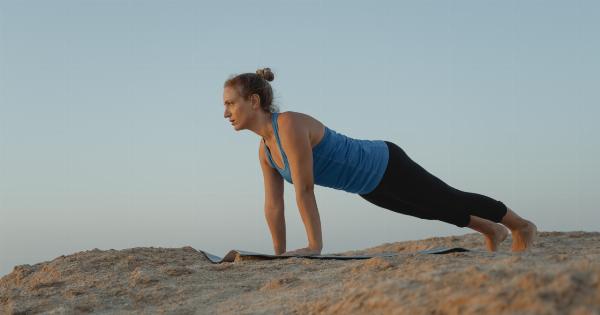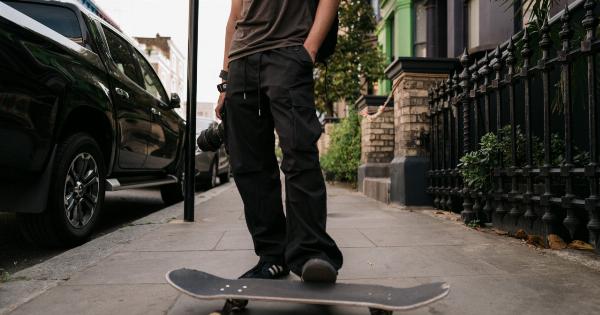Yoga is an ancient practice that combines physical postures, breathing exercises, and meditation.
It has gained immense popularity in recent years due to its numerous health benefits, including increased flexibility, improved strength, stress reduction, and mental clarity. If you’re new to yoga and wondering where to start, this beginner’s guide will introduce you to six essential poses that form the foundation of a yoga practice.
1. Mountain Pose (Tadasana)
This simple standing pose is the starting point for many other yoga poses. Begin by standing with your feet hip-width apart and your arms relaxed by your sides.
Ground down through all four corners of your feet, engage your leg muscles, lengthen your spine, and lift the crown of your head towards the ceiling. Breathe deeply and hold the pose for 5-10 slow breaths. Mountain pose improves posture, balance, and focus.
2. Downward-Facing Dog Pose (Adho Mukha Svanasana)
Start on your hands and knees, with your wrists beneath your shoulders and your knees beneath your hips. Tuck your toes and lift your hips up towards the ceiling, forming an inverted V-shape with your body.
Straighten your arms and legs as much as possible, while pressing your heels towards the floor. Lengthen your spine and relax your neck. Take deep breaths and hold the pose for 5-10 breaths. Downward-facing dog is a great pose to stretch the whole body, particularly the hamstrings and shoulders.
3. Child’s Pose (Balasana)
From a kneeling position, sit back on your heels and slowly lower your torso to rest on your thighs. Extend your arms in front of you or alongside your body, with your palms facing down.
Relax your forehead onto the mat and let your whole body sink into the pose. Take slow, deep breaths and hold the pose for 5-10 breaths. Child’s pose is a gentle, restorative pose that stretches the lower back and hips while calming the mind.
4. Warrior II Pose (Virabhadrasana II)
Start by standing with your feet wide apart, about leg-width distance. Turn your right foot out to the side, aligning it with the arch of your left foot.
Bend your right knee so that it directly aligns with your ankle, while keeping your left leg straight. Extend your arms out to the sides, parallel to the floor, with your gaze over your right hand. Take deep breaths and hold the pose for 5-10 breaths. This pose strengthens the legs and core, while opening the hips and chest.
5. Tree Pose (Vrikshasana)
Begin by standing tall with your feet firmly rooted into the ground. Shift your weight onto your left leg and bring the sole of your right foot to rest on the inner left thigh or calf, avoiding the knee joint.
Bring your hands together at your heart center or extend them overhead like branches of a tree. Find your balance and hold the pose for 5-10 breaths. Tree pose improves balance, concentration, and strengthens the ankles and legs.
6. Corpse Pose (Savasana)
Lie down on your back with your legs extended and arms relaxed by your sides. Close your eyes and let your entire body relax into the mat. Allow your breath to become natural and effortless, and surrender to the present moment.
Stay in this pose for 5-10 minutes, focusing on deep relaxation and letting go of any tension. Savasana is a rejuvenating pose that integrates the benefits of the previous poses, promoting relaxation, reducing anxiety, and improving sleep quality.
Summary
These six essential yoga poses provide a solid foundation for building a yoga practice. Practice them regularly and with mindful awareness to gradually improve your flexibility, strength, and overall well-being.
Remember to approach yoga with patience and respect for your body’s limits. With time and practice, you’ll experience the transformative power of yoga in your mind, body, and soul.

